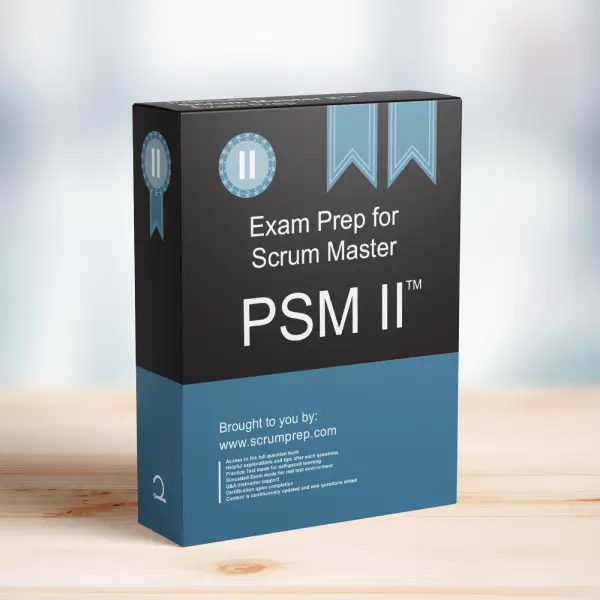Creating Scrum Teams Consistent with Scrum Values
Forming Scrum Teams in a way that aligns with Scrum’s values is crucial for fostering self-management, collaboration, and high performance. This article explores a specific exam question about the best approach to creating Scrum Teams, providing detailed explanations and insights relevant to the PSM II exam.
Exam Question
Which way of creating Scrum Teams is consistent with Scrum’s values? (choose the best answer)
- A. The Chief Product Owner determining the team structures and assigning who is needed in which team based on skills, seniority and the business area in which each team will be developing.
- B. Managers collaborating across their respective areas of responsibility to assign individuals to specific teams.
- C. Providing boundaries that help the members organize themselves into Scrum Teams.
Correct Answer
C. Providing boundaries that help the members organize themselves into Scrum Teams.
Explanation
Correct Answer
C. Providing boundaries that help the members organize themselves into Scrum Teams: This approach is consistent with Scrum’s values of commitment, courage, focus, openness, and respect. It allows team members to self-organize, which is a fundamental principle of Scrum. By providing boundaries, such as guidelines or constraints, teams can form in a way that leverages the strengths and preferences of the team members, promoting ownership and accountability.
Incorrect Answers
A. The Chief Product Owner determining the team structures and assigning who is needed in which team based on skills, seniority and the business area in which each team will be developing: This top-down approach contradicts the Scrum value of self-management. It undermines the ability of team members to self-organize and make decisions about their team composition, which can impact team dynamics and motivation.
B. Managers collaborating across their respective areas of responsibility to assign individuals to specific teams: While cross-functional collaboration among managers can be beneficial, this method still imposes a top-down assignment of team members. It does not allow for the self-organizing nature of Scrum teams, which is essential for fostering a sense of ownership and responsibility within the team.
Responsibilities in Scrum
- Product Owner: The Product Owner focuses on maximizing the value of the product by managing and ordering the Product Backlog. They do not have a role in directly forming the teams but should ensure that the Product Backlog is transparent and understood by the teams.
- Scrum Master: The Scrum Master facilitates the Scrum process and ensures that the team adheres to Scrum principles, including self-organization. They coach the organization and team members on the importance of self-management and help create an environment that supports it.
- Developers: Developers are responsible for delivering potentially releasable Increments. They should have the autonomy to organize themselves into teams that can best achieve their goals and work effectively together.
Relevance to the PSM II Exam
Understanding how to create Scrum Teams that align with Scrum values is crucial for the PSM II exam. It demonstrates advanced knowledge of Scrum principles and the importance of self-organization in creating high-performing teams. Mastering this concept ensures that Scrum Masters can effectively guide their organizations in adopting Scrum practices that support team autonomy and collaboration.
Key Takeaways
- Self-organization is a core value in Scrum, allowing teams to form based on mutual understanding and collaboration.
- Providing boundaries helps teams self-organize while ensuring alignment with organizational goals and constraints.
- Top-down assignments contradict Scrum principles and can undermine team dynamics and motivation.
Conclusion
Creating Scrum Teams in a way that aligns with Scrum values involves providing boundaries that allow team members to self-organize. This approach fosters ownership, accountability, and high performance, which are essential for effective Scrum implementation. Understanding these principles is crucial for success in the PSM II exam and for guiding organizations in adopting Scrum practices. For comprehensive preparation and practice exams, check out PSM II Exam Prep to enhance your understanding and application of Scrum principles.



